Related Research Articles
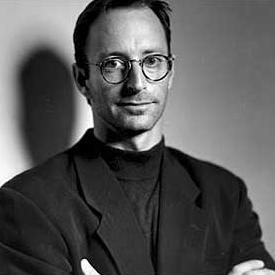
Herbert Ritts Jr. was an American fashion photographer and director known for his photographs of celebrities, models, and other cultural figures throughout the 1980s and 1990s. His work concentrated on black and white photography and portraits, often in the style of classical Greek sculpture, which emphasized the human shape.

Sally Mann is an American photographer known for making large format black and white photographs of people and places in her immediate surroundings: her children, husband, and rural landscapes, as well as self-portraits.

The School of the Museum of Fine Arts at Tufts University is the art school of Tufts University, a private research university in Boston, Massachusetts. It offers undergraduate and graduate degrees dedicated to the visual arts.

Renee Cox is a Jamaican-American artist, photographer, lecturer, political activist and curator. Her work is considered part of the feminist art movement in the United States. Among the best known of her provocative works are Queen Nanny of the Maroons, Raje and Yo Mama's Last Supper, which exemplify her Black Feminist politics. In addition, her work has provoked conversations at the intersections of cultural work, activism, gender, and African Studies. As a specialist in film and digital portraiture, Cox uses light, form, digital technology, and her own signature style to capture the identities and beauty within her subjects and herself.
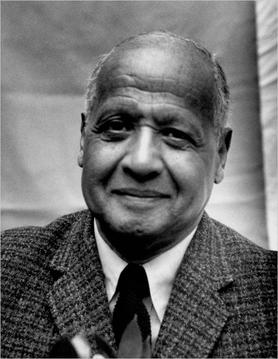
Roy Rudolph DeCarava was an American artist. DeCarava received early critical acclaim for his photography, initially engaging and imaging the lives of African Americans and jazz musicians in the communities where he lived and worked. Over a career that spanned nearly six decades, DeCarava came to be known as a founder in the field of black and white fine art photography, advocating for an approach to the medium based on the core value of an individual, subjective creative sensibility, which was separate and distinct from the "social documentary" style of many predecessors.

Betye Irene Saar is an American artist known for her work in the medium of assemblage. Saar is a visual storyteller and an accomplished printmaker. Saar was a part of the Black Arts Movement in the 1970s, which engaged myths and stereotypes about race and femininity. Her work is considered highly political, as she challenged negative ideas about African Americans throughout her career; Saar is best known for her artwork that critiques anti-Black racism in the United States.
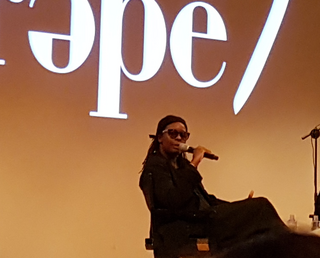
Mickalene Thomas is a contemporary African-American visual artist best known as a painter of complex works using rhinestones, acrylic, and enamel. Thomas's collage work is inspired from popular art histories and movements, including Impressionism, Cubism, Dada, the Harlem Renaissance, and selected works by the Afro-British painter Chris Ofili. Her work draws from Western art history, pop art, and visual culture to examine ideas around femininity, beauty, race, sexuality, and gender.

Lorna Simpson is an American photographer and multimedia artist whose works have been exhibited both nationally and internationally. In 1990, she became one of the first African-American woman to exhibit at the Venice Biennale. She came to prominence in the 1980s and 1990s with photo-text installations such as Guarded Conditions and Square Deal that questioned the nature of identity, gender, race, history and representation. Simpson continues to explore these themes in relation to memory and history using photography, film, video, painting, drawing, audio, and sculpture.
Kerry James Marshall is an American artist and professor, known for his paintings of Black figures. He previously taught painting at the School of Art and Design at the University of Illinois at Chicago. In 2017, Marshall was included on the annual Time 100 list of the most influential people in the world. He was born and raised in Birmingham, Alabama, and moved in childhood to South Central Los Angeles. He has spent much of his career in Chicago, Illinois.
Dawoud Bey is an American photographer, artist and educator known for his large-scale art photography and street photography portraits, including American adolescents in relation to their community, and other often marginalized subjects. In 2017, Bey was named a MacArthur Fellow by the John D. and Catherine T. MacArthur Foundation and is regarded as one of the "most innovative and influential photographers of his generation".
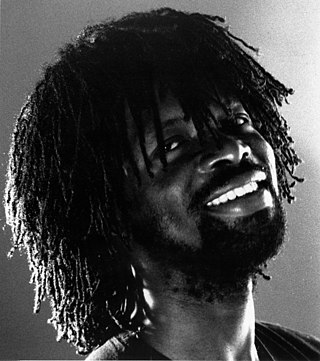
Rotimi Fani-Kayode, born Oluwarotimi Adebiyi Wahab Fani-Kayode, was a Nigerian photographer who at the age of 11 moved with his family to England, fleeing from the Biafran War. A seminal figure in British contemporary art, Fani-Kayode explored the tensions created by sexuality, race and culture through stylised portraits and compositions. He created the bulk of his work between 1982 and 1989, the year he died from AIDS-related complications.
Ellen Gallagher is an American artist. Her work has been shown in numerous solo and group exhibitions and is held in the permanent collections of many major museums. Her media include painting, works on paper, film and video. Some of her pieces refer to issues of race, and may combine formality with racial stereotypes and depict "ordering principles" society imposes.
Arnold J. Kemp is an American artist who works in painting, print, sculpture, and poetry. After graduating from Boston Latin School, Kemp received a BA/BFA from Tufts University and the School of the Museum of Fine Arts Boston, and an MFA from Stanford University.

Margaret Rose Vendryes was a visual artist, curator, and art historian based in New York.
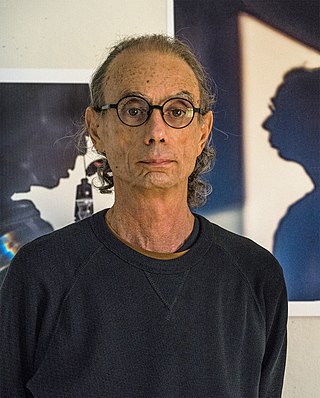
David Lebe is an American photographer. He is best known for his experimental images using techniques such as pinhole cameras, hand-painted photographs, photograms, and light drawings. Many of his photographs explore issues of gay identity, homoeroticism, and living with AIDS, linking his work to that of contemporaries such as Robert Mapplethorpe, Peter Hujar, and David Wojnarowicz. Though his style and approach set him apart from these contemporaries, "Lebe is now incontrovertibly part of the history of twentieth-century queer artists."
Troy Montes-Michie is an American interdisciplinary painter and collage artist.
Martina Lopez is an American photographer known for her digital media works combining landscapes and 19th-century portraiture. She is currently a professor at the University of Notre Dame in Notre Dame, Indiana, although she is originally from Seattle, Washington.

James "Jimmie" Mannas Jr. is an African American photographer, film director, cinematographer, and screenwriter. He is one of the fifteen founding members of the Kamoinge Workshop (1963), which evolved from the union of Kamoinge and Group 35, two groups of African American photographers based in New York City.
Else Gabriel is a German performance artist and educator.
Flor Garduño is a Mexican photographer. Garduño is known for her black-and-white portraits of a diverse range of subjects, including indigenous people and cultures, street photography, and still lifes.
References
- 1 2 3 4 5 "Christian Walker: The Profane and the Poignant". Tufts University Art Galleries. Retrieved 2023-10-30.
- 1 2 3 4 5 6 7 "Christian Walker: The Profane and the Poignant". Leslie-Lohman Museum of Art.
- ↑ Harper, Glenn (1998). Interventions and Provocations: Conversations on Art, Culture, and Resistance. SUNY Press. p. 118. ISBN 978-0-7914-3725-4.
- ↑ "School of the Museum of Fine Arts". The Museum Year: Annual Report of the Museum of Fine Arts, Boston. 108: 62–63. 1983. ISSN 0740-0403. JSTOR 43482783.
- 1 2 3 4 "Christian Walker". Aperture (130): 18–25. 1993. ISSN 0003-6420. JSTOR 24472452.
- 1 2 3 "Miscegenation Series". The Studio Museum in Harlem. 2020-07-13. Retrieved 2023-10-30.
- ↑ Harper, Glenn (1989). "Southern Photo Art: Pushing the Boundaries". Aperture (115): 73. ISSN 0003-6420. JSTOR 24472251.
- ↑ Patton, Sharon F. (1998). African-American Art. Oxford University Press. p. 266. ISBN 978-0-19-284213-8.
- ↑ hooks, bell (2014). Black Looks: Race and Representation. Routledge. p. 7. ISBN 978-1-317-58849-8.
- ↑ "Another Country". High Museum of Art. Retrieved 2023-10-30.